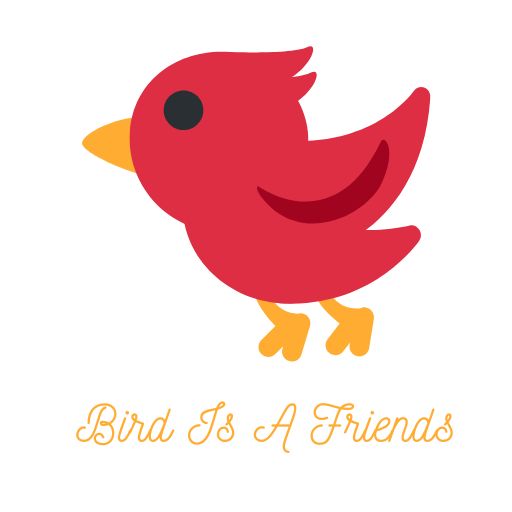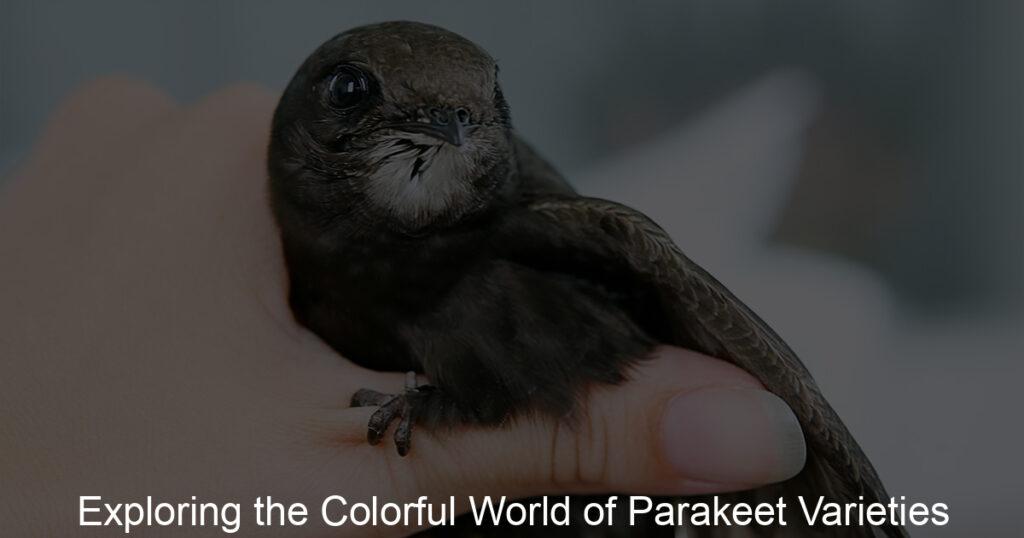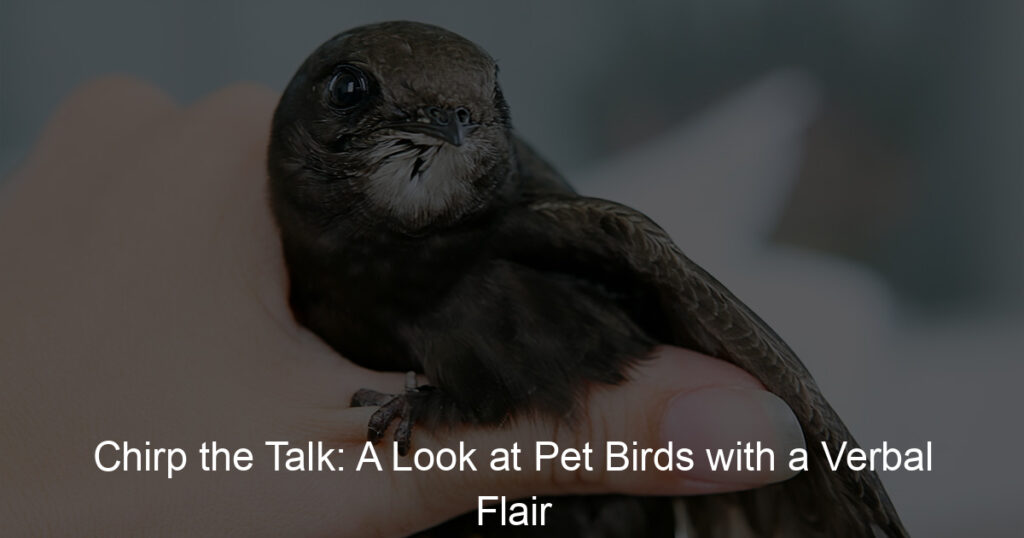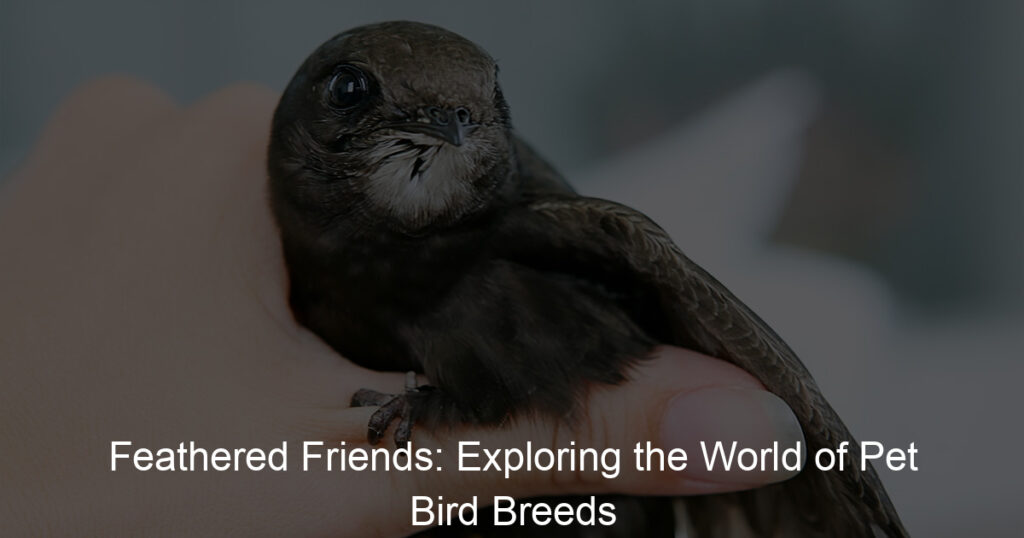
Introduction to Bird Handling Safety
Interacting with birds can be a delightful experience, but it’s crucial to understand the importance of safe bird handling. Whether you’re a bird owner, a bird watcher, or someone who occasionally comes across birds in your daily life, knowing how to handle birds safely can make a significant difference in your interactions with these beautiful creatures.
- Importance of Safe Bird Interaction
- Common Misconceptions about Bird Handling
Safe bird interaction is essential for both you and the bird. Birds are delicate creatures, and improper handling can cause them stress or even physical harm. For humans, mishandling birds can lead to bites or scratches, and in some cases, diseases that birds can carry. Therefore, understanding and practicing safe bird handling is a responsibility we all share.
There are several misconceptions about bird handling that can lead to unsafe practices. One common misconception is that all birds enjoy being handled and petted. In reality, many birds prefer not to be touched, and forcing interaction can cause them stress. Another misconception is that it’s safe to handle birds with bare hands. However, using protective gloves can prevent potential bites or scratches and protect the bird from harmful substances on human hands.
As we delve deeper into the topic of bird handling safety, we will debunk more misconceptions and provide essential tips for interacting with birds safely. Stay tuned to learn more about understanding your bird, key handling techniques, and real-life case studies that highlight the importance of safe bird handling.
Understanding Your Bird: Key to Safe Interaction
Understanding your bird is the first step towards ensuring a safe and healthy interaction. Birds, like humans, have their own unique behaviors and body language. By learning to recognize these signs, you can better understand your bird’s needs and emotions, leading to a more fulfilling relationship.
Bird Behavior Basics
Let’s dive into some of the basic behaviors that birds exhibit and what they mean. This will help you understand your bird better and ensure that you can interact with them safely.
- Recognizing signs of stress in your bird
- Understanding bird body language
Just like humans, birds can also experience stress. It’s important to recognize these signs early to help your bird feel more comfortable. Some common signs of stress in birds include loss of appetite, excessive preening, and changes in vocalization. If your bird is showing any of these signs, it might be a good idea to consult with a vet or a bird behaviorist.
Birds communicate a lot through their body language. For example, a relaxed bird may have its feathers slightly fluffed up and beak slightly open. On the other hand, a bird that is scared or stressed might have its feathers slicked close to its body and eyes wide open. Understanding these subtle cues can help you gauge your bird’s mood and adjust your interactions accordingly.
Remember, each bird is unique and may display different behaviors. The key is to spend time with your bird, observe them closely, and learn to understand their unique behaviors and body language. This will not only ensure a safe interaction but also help you build a strong bond with your bird.
Interacting with Pet Birds: Do’s and Don’ts
When it comes to interacting with your pet bird, there are certain guidelines that need to be followed to ensure the safety and happiness of your feathered friend. Here are some important do’s and don’ts:
- Respecting your bird’s space
- Safe pet bird interaction tips
- Always approach your bird slowly and calmly. Quick movements can scare them.
- Use a gentle voice when talking to your bird. Loud noises can be stressful for them.
- Never force your bird to do something it doesn’t want to do. This can lead to fear and mistrust.
- Always supervise children when they’re interacting with the bird. They may not understand how to handle the bird gently.
Just like humans, birds also need their own personal space. It’s crucial to respect this space and not invade it unnecessarily. For instance, avoid reaching into their cage without warning or touching them when they’re not in the mood. This can lead to stress and even aggressive behavior. Instead, let your bird come to you when it feels comfortable. This builds trust and strengthens your bond.
Interacting with your pet bird in a safe manner is key to a healthy relationship. Here are some tips:
Remember, understanding your bird’s behavior and respecting their needs is the key to a happy and healthy relationship. By following these do’s and don’ts, you can ensure a safe and enjoyable interaction with your pet bird.
Essential Tips for Bird Handling
Handling a bird requires a delicate touch and a good understanding of their behavior. Here are some essential tips to ensure the safety of both you and your feathered friend.
Handling Your Bird Safely
When it comes to handling your bird, safety should always be your top priority. Here are some key steps to follow:
- Proper techniques for picking up your bird
- How to handle your bird during grooming
Firstly, approach your bird slowly and calmly. Sudden movements can startle them. Extend your finger and let your bird step onto it. This is the safest way to pick up a bird. Never grab your bird from above, as this can scare them and cause them to panic.
Grooming is an essential part of bird care. When grooming, hold your bird gently but firmly. Make sure their wings are secure to prevent them from flying away. Use a soft brush to clean their feathers and a bird-safe nail clipper for their claws. Always be gentle and patient during the grooming process.
Remember, every bird is unique and may react differently to handling and grooming. Always pay attention to your bird’s body language and respond accordingly. With time and patience, handling your bird can become a safe and enjoyable experience for both of you.
Bird Care Safety: Protecting Your Feathered Friend
When it comes to bird care, safety should be your top priority. Birds are delicate creatures and require a safe and comfortable environment to thrive. Here are some essential tips to help you create a secure habitat for your feathered friend.
- Creating a safe environment for your bird
- Common household hazards for birds
Creating a safe environment for your bird starts with choosing the right cage. The cage should be spacious enough for your bird to move around comfortably. It should also be made of non-toxic materials to prevent any potential harm. Always keep the cage clean and ensure it is placed in a quiet, well-lit area of your home.
Additionally, it’s crucial to provide your bird with a balanced diet. Fresh fruits, vegetables, and bird-specific food can contribute to your bird’s overall health and well-being. Remember to provide clean water at all times.
Many common household items can pose a threat to your bird’s safety. Some of these hazards include open windows and doors, ceiling fans, hot stoves, and toxic plants. It’s essential to keep your bird away from these areas and items to prevent accidents.
Household chemicals and cleaning products can also be harmful to birds. Always store these products out of your bird’s reach and ensure your bird is in a safe location before using them.
Lastly, other pets in the house, such as dogs and cats, can pose a threat to your bird. Always supervise interactions between your bird and other pets to ensure safety.
In conclusion, bird care safety involves creating a safe environment and being aware of common household hazards. By taking these precautions, you can ensure your feathered friend stays happy and healthy.
Case Studies: Bird Handling Techniques in Practice
Let’s take a look at some real-life examples of bird handling techniques. These case studies will help us understand the practical application of the tips and strategies we’ve discussed so far.
-
Case study 1: Overcoming fear of handling
Meet Jenny, a bird owner who was initially terrified of handling her pet parakeet, Charlie. She was afraid of hurting him or getting bitten. However, she knew that proper handling was crucial for Charlie’s health and happiness.
She started by spending more time around Charlie, talking to him softly, and offering him treats from her hand. This helped build trust. Gradually, she began to touch him gently, always being careful not to make sudden movements. Over time, Jenny overcame her fear, and Charlie became comfortable with being handled.
This case study shows us that patience, consistency, and understanding are key to overcoming fear of bird handling.
-
Case study 2: Transitioning from improper to proper handling techniques
Next, let’s consider the case of Sam, who had been handling his pet cockatiel, Bella, incorrectly. He would often grab her abruptly, causing her stress and discomfort. After learning about proper bird handling techniques, Sam realized he needed to change his approach.
He started by observing Bella’s body language more closely, learning to recognize when she was comfortable and when she was stressed. He also began to approach her slowly and gently, offering his finger as a perch rather than grabbing her. Over time, Bella became more relaxed and comfortable with Sam.
This case study illustrates the importance of proper handling techniques and the positive impact they can have on a bird’s wellbeing.
These case studies highlight the importance of understanding and applying proper bird handling techniques. They show us that with patience, consistency, and respect for our feathered friends, we can ensure their comfort and happiness.
Key Takeaways: Safety Tips for Bird Owners
As we conclude, let’s recap some of the most crucial safety tips for bird owners. These tips are not only essential for your bird’s safety but also for fostering a healthy and positive relationship with your feathered friend.
- Importance of Patience and Consistency
- Benefits of Positive Reinforcement in Bird Handling
Patience and consistency are key when it comes to bird handling. Birds are intelligent creatures that require time to understand and trust their human companions. Consistency in your actions helps build this trust. For instance, maintaining a regular feeding and play schedule can help your bird understand what to expect, reducing anxiety and potential aggression.
Positive reinforcement is a powerful tool in bird handling. This involves rewarding your bird for desirable behavior, such as stepping onto your hand without biting. Rewards can be in the form of treats, praise, or playtime. Over time, your bird will associate these positive experiences with the desired behavior, encouraging them to repeat it. This approach not only promotes safe handling but also strengthens your bond with your bird.
Remember, every bird is unique and what works for one may not work for another. It’s important to observe your bird’s behavior and adapt your handling techniques as needed. With patience, consistency, and positive reinforcement, you can ensure a safe and happy environment for your bird.
Conclusion: Ensuring a Happy, Healthy Bird Through Safe Handling
In this journey of understanding bird handling safety, we have covered a lot of ground. We have learned about the importance of understanding your bird, essential tips for bird handling, and real-life examples of bird handling techniques. Now, as we wrap up, let’s take a moment to recap and think about how we can continue to learn and adapt for the benefit of our feathered friends.
- Recap of bird handling safety tips
- Encouraging ongoing learning and adaptation
Remember, the key to safe bird handling lies in understanding your bird’s behavior and respecting its boundaries. Always approach your bird calmly and gently, avoid sudden movements, and never force interaction. Use a towel for handling larger birds and always supervise children around birds. Regularly check and maintain your bird’s habitat to ensure it is safe and comfortable.
Learning about your bird is a continuous process. As you spend more time with your bird, you will start to understand its unique behaviors and preferences. This understanding will help you adapt your handling techniques to ensure your bird’s safety and happiness. Always stay open to learning more about your bird and seek advice from experts if needed. Remember, a happy bird is a healthy bird!
In conclusion, bird handling safety is not just about following a set of rules. It’s about building a bond of trust and respect with your bird. By understanding your bird and practicing safe handling techniques, you can ensure a happy and healthy life for your feathered friend.








